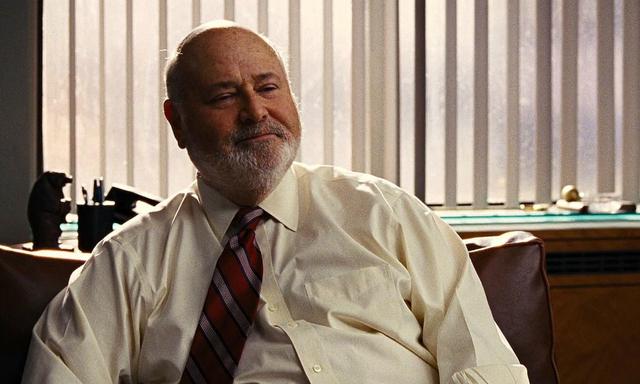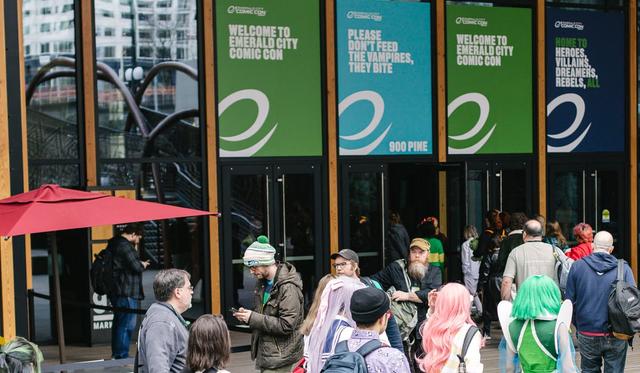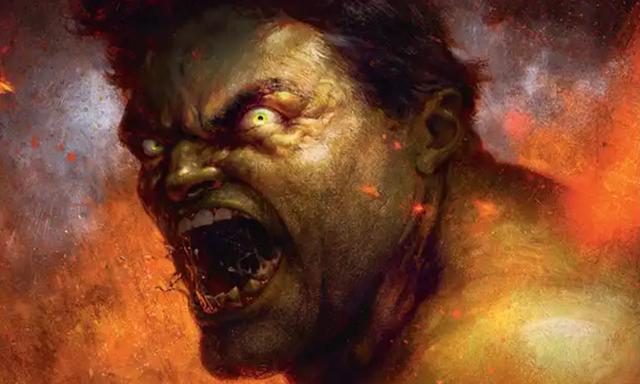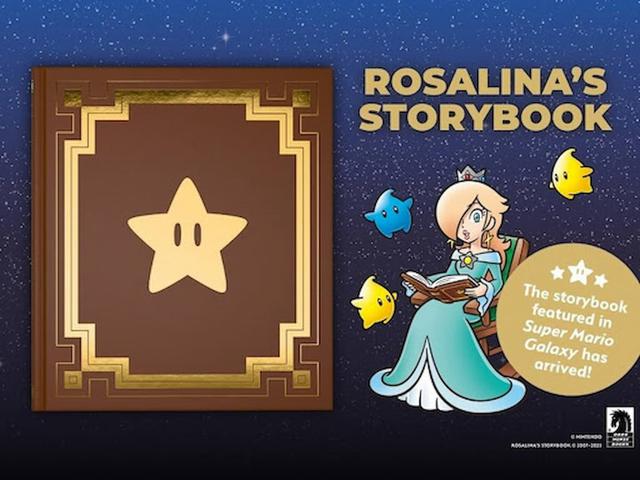If you click on a link and make a purchase we may receive a small commission. Read our editorial policy.
Stan's Soapbox: A close reading of racial representation in the Stan Lee era of Marvel
A look at racial representation in Amazing Spider-Man #68

On the day that Stan Lee died, several news outlets celebrated the comic legend’s legacy by publishing articles highlighting an excerpt of “Stan’s Soapbox” – a monthly piece of Lee’s written musings inserted in the Letter’s Pages of each Marvel comic published from 1967-1980.

One might read this letter and assume that Stan Lee’s approach to diversity was as full-hearted and sincere as his contempt for racism. When glancing at the number of black characters introduced during his tenure as writer and editor of the Marvel Comics line, it’s easy to imagine his intention to diversify the books as a full committment. Beginning in 1963 in the pages of Sgt. Fury and his Howling Commandos, wherein the black solider Gabriel Jones is depicted as a courageous and dignified character, Lee would instruct his artists to include more black characters both in the foreground and background of his comics. Soon streets and sidewalks began to become populated with black people just as much as white people. By the late 1960s, notable black characters could be found in the pages of Tales to Astonish, Millie the Model, and even The Fantastic Four.
But like most things, Lee’s approach to diversity was more complicated than it appeared. His reputation as a kind of carnival barker figure in comics persists, as it did on the day he passed. “Stan was a showman,” said comics writer Alex Simmons at the time of Lee’s passing. “Stan was P.T. Barnum in comics. So ultimately I think he went ‘Hmm! This is going to grab attention!’ and he went for it. Whether he did it for purely social commentary reasons or to be a leader of a movement – I don’t know.”
To better understand Lee’s approach to writing about race back during his heyday, let’s examine a subplot storyline in the pages of The Amazing Spider-Man from 1969, written by Lee and illustrated by John Romita and Jim Mooney.

The family Robertson
1967-1968 saw the introduction of the family Robertson in the pages of Amazing Spider-Man, with patriarch Joe Robertson as the new City Editor of the Daily Bugle, and his son Randy as a classmate of Peter Parker’s at Empire State University.
It's in Amazing Spider-Man #68 that Lee’s interest in telling stories reflecting the real world would become more textured. Peter and the audience’s introduction to Randy is followed by an introduction to a second black classmate named Josh, who invites Peter to join a student protest against the school’s turning a low-rent dorm area into a VIP section for visiting alumni.
With Josh, Lee takes a “both sides have a point” approach. Josh is characterized as more radical young black man than Randy, even suggesting stealing a priceless historical artifact just to get the administration to listen. While Randy is nice and friendly, Josh is hostile and aggressive. The point is driven further how the reader should feel with Peter thinking to himself “I can live with it if Josh thinks I nowhere, but that look on Randy’s face really shook me up!” By depicting Josh as less appealing to the reader compared to Randy and Joe, Lee presents the archetype of the young black protestor as both good and bad, abdicating the reader from considering real life protests for civil rights, at least initially.
Conversely, while the issue of a low-rent dorm isn’t the hottest societal ill Lee could’ve replicated from the news, there is credible turmoil depicted between young people, black people, and the police. Guns are drawn on the protestors, and Peter is at a loss on how to safely resolve the situation. When the school is attacked by The Kingpin who steals the artifact, the protestors are scapegoated into being involved in the crime and are immediately arrested.
This depiction of realistic police violence is a first for Marvel. Historically, their approach to pitting the cops against the comics’ heroes has been personified as misunderstandings between well-meaning servants of the state and superpowered beings who were never any real danger to begin with. It’s also different from the last time student protests were depicted in the pages of ASM. Back in issue #38, the protestors at ESU were portrayed as shiftless rabblerousers whose pretentious behavior irritated Peter. In ASM #68, Peter’s sense of helplessness speaks to the anxiety of protesting for one’s rights and meeting opposition that wields a license to kill.

The story continues in issue #69, where the main action of Spider-Man vs. the Kingpin is split away from scenes with Joe, Randy and the protestors. Suddenly the focus of what might involve Peter Parker becomes a search of catharsis for the reader, and the vexation of intergenerational experiences of being black in America.
“You’re talking…as though I did…something awful!” Randy exclaims to his father. “Don’t you see? Can’t you even understand? I have to be tougher…I have to be more militant—because of YOU! You’ve become part of the Establishment…the White Man’s Establishment! I’ve gotta live that down!”
“But isn’t this what we all want? What we’re all fighting for, boy?” Joe replies, “To make it on our own? To prove we’re as good – or better – than anyone?”
Randy turns away, “I dunno! I dunno what to think!”
A story for the times
Randy’s sense of urgency was well suited to the times during which his actions took place. This issue was published in February of 1969, less than a year after the assassination of Martin Luther King Jr. and the resulting riots across the country, including New York, where Marvel Comics were published. Up until then, Marvel’s black characters – while smart, skilled and impressive – were little more than talented friends of the main white heroes whose singular concerns were not solely their own. There was diversity of color but not much diversity of perspective, even when it came to conversing about issues of race, such as in Sgt Fury #6 where the team admonishes a recruit who is racist towards his non-Aryan fellow soldiers.
The scenes between father and son depicted in ASM#69 create difference of opinion and personality in black perspective. Both characters are rendered empathetically and disagree on the means to achieve true equality, thus signaling that it has yet to be attained – even with their presence in a mainstream superhero comic.
As a note, these scenes have nothing to do with the central action surrounding Spider-Man. The white hero’s focus and concerns are not a part of this subplot, and this status quo remains as such for the next several issues as the story continues. Randy continues to debate his father, and the question of what a black man must do in a white man’s world goes unanswered in the background while the ongoing adventures of Spider-Man continue to take prominence.

It’s difficult to say how Lee arrived at the plot point of a debate between a father and son sharing experiences with white supremacy. By all reported accounts, he was primarily interested in bringing whatever took up space in the newspaper headlines to the pages at Marvel. Does that negate the impact of inclusion in his comics? Was this storyline Lee’s response to witnessing the fury of Black Americans first-hand in April of 1968? Or was the story simply his gathering whatever was hot on people’s minds and throwing those headlines in the stew of the Marvel brand that was “The world outside your window”?
The real world in the the fiction
When speaking about Stan Lee’s death, Alex Simmons continued from earlier:
“People want to see themselves represented in their mythology. They want to enjoy that and they want to know that the fantasies about what I and my kids would love to be able to do is represented out there in the world.”
This issue of Spider-Man achieved a verisimilitude rendered with honesty, while challenging the white status quo with its perspectives of black men – young and old – discussing their existing conditions with comprehensible pain. No matter Lee’s actual intention for the story, the interpretation by readers of color (including myself) is that issues of race are real and felt by Black people. Broaching those topics – regardless of disagreement – legitimizes Black people’s experiences, thus making their inclusion in narratives that wouldn’t otherwise invite discourse meaningful, more than simply including them for diversity’s sake.
Not every story about diversity under Lee’s tenure would center black pain as sensitively as this storyline. Under his editorship, Marvel Comics would feature anodyne stories about color-blindness with Captain America and the Falcon or Civil War revisionism with The Gunhawks – a short lived series about two young men – one white and one black – raised as brothers during the Civil War. But these stories do not negate the successes of Lee’s work in Amazing Spider-Man.
Stan Lee’s work on stories featuring black characters may have featured both good and bad, but it provided inspiration for engagement with real meaningful issues for future writers to draw upon for generations to come.
Marvel's G.O.D.S.: Everything you need to know about Jonathan Hickman & Valerio Schiti's new comic
Follow Popverse for upcoming event coverage and news
Find out how we conduct our review by reading our review policy
Let Popverse be your tour guide through the wilderness of pop culture
Sign in and let us help you find your new favorite thing.
















Comments
Want to join the discussion? Please activate your account first.
Visit Reedpop ID if you need to resend the confirmation email.